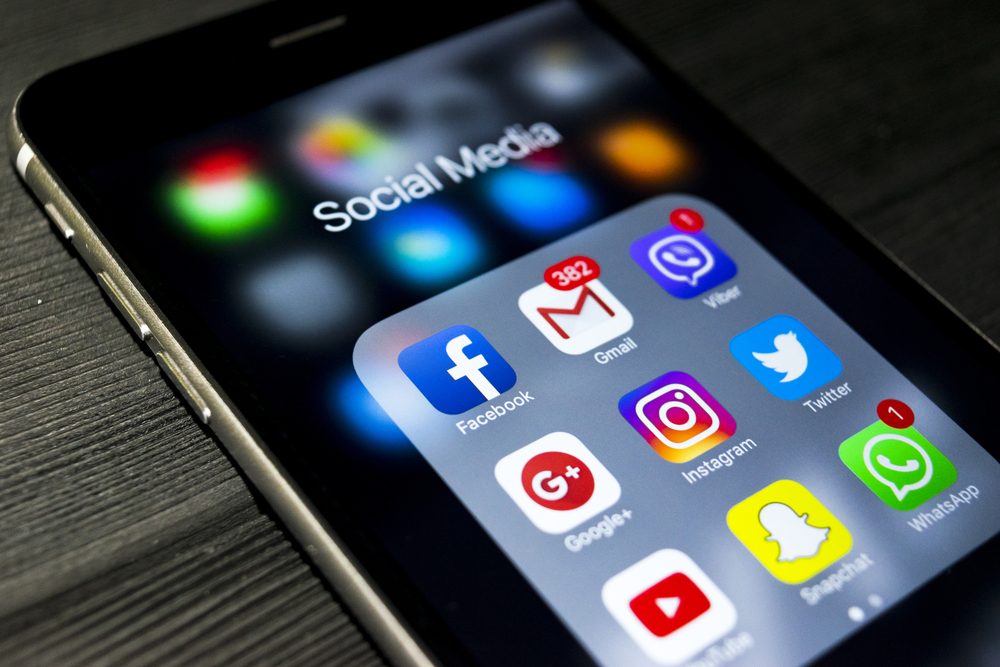As integral to our lives as they’ve become, it wasn’t that long ago that mobile apps were a rarity. Cell phones might have had dedicated features or modes (a calculator, for instance), but apps as we know them only recently debuted alongside smartphones and PDAs. Despite the short amount of time they’ve been around, though, they’ve had a grand history.
Built-in Apps and the App Store
In 1997, the Nokia 6110 included a built-in version of the basic arcade game “Snake,” which many consider the first mobile app. The first iPod would also come with built-in games: Solitaire and Brick.
Back in 1983, however, a young Steve Jobs first envisioned the App Store…or at least a very basic version of it. Jobs imagined a place where software could be bought over phone lines. Shortly after Apple’s introduction of the iPod, the iTunes store launched, acting as a precursor to the Apple App Store. The iPhone was released in June 2007 to critical and commercial success. Native apps were developed, and just over a year later…the App Store was launched.

The original App Store launched with 500 apps, meaning there is no “true” first app. Nevertheless, as new varieties of smartphones were unveiled, different app clients were introduced. Google Play, the Amazon App Store, and Blackberry’s App World also give more people the ability to enjoy various apps on their phones. It’s also worth mentioning that each store had both paid and free apps from the beginning, meaning premium and “freemium” content was always a factor.
Angry Birds
Also noteworthy? Angry Birds. The first installment in the wildly popular franchise was released in December 2009 and quickly became a runaway hit. By 2015, over three billion downloads were amassed between all entries in the series, making it the most successful freemium software of all time. Countless spinoffs and merchandise were created. Movies, theme parks, and soft drinks were everywhere; and while not as popular as they were at their peak, these birds still dominate the market today. They even made it to NASA:
App was voted “Word of the Year” for 2010, on the eve of some of the biggest changes in the app market. Apple revealed almost 300,000 jobs were added to the US economy since the iPhone’s debut, calling it “the app revolution.” Facebook acquired Instagram for $1 billion in April 2012, an unprecedented move in the world of technology. Flappy Bird was introduced and quickly pulled from the market, but not before becoming an enduring meme.
2014 showed a shift in app usage, from fun games and social media to entire lifestyles. Snapchat reported 700 million photos were shared each day. Smartphones continue to sell, and apps alongside them. Not that you need a phone to use apps anymore, thanks to smartwatches, smart appliances, and smart clothes (well, maybe not the latter…yet). Apps have become so integral to everyday life that there are few who don’t use them on a regular basis. On a personal level, apps allow for families and friends to connect even when miles apart. They also keep you in touch with professional colleagues and informed of what developments are happening, even when you’re not on the clock.
Apps aren’t going anywhere anytime soon. They’ve become so ubiquitous it’s difficult to imagine what the world would be like without them. In 2009, Apple ran a commercial saying “There’s an app for that.” A self-fulfilling prophecy or a prediction of what was to come? You decide.






